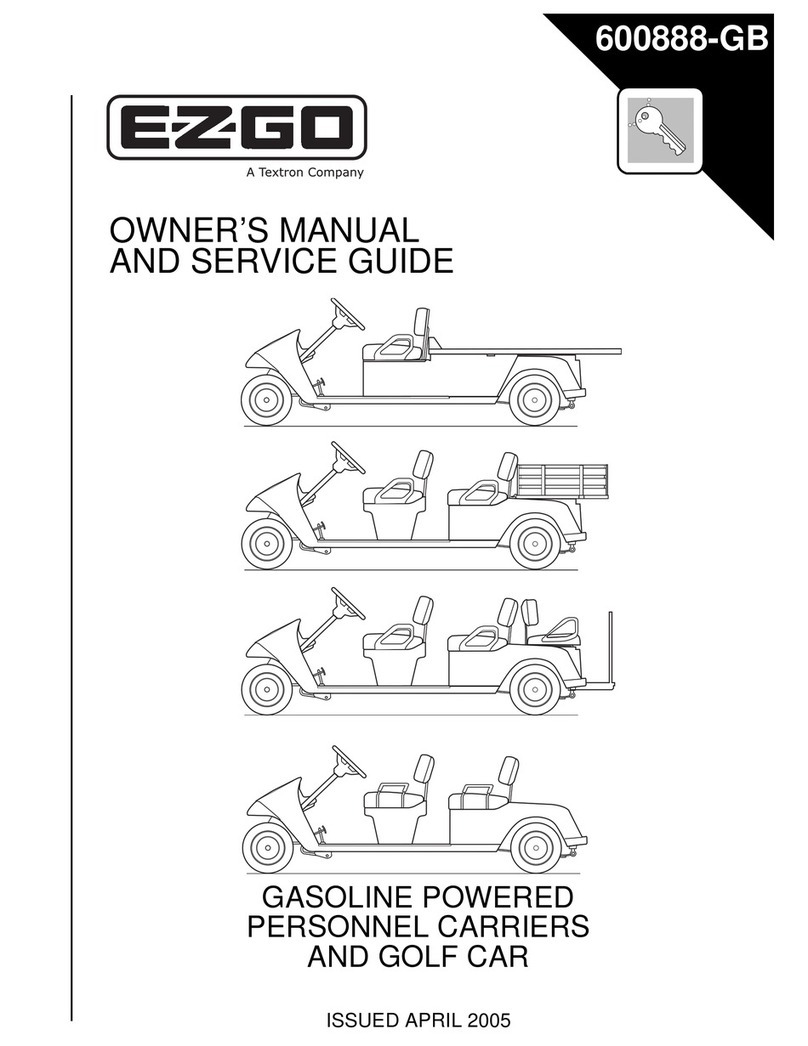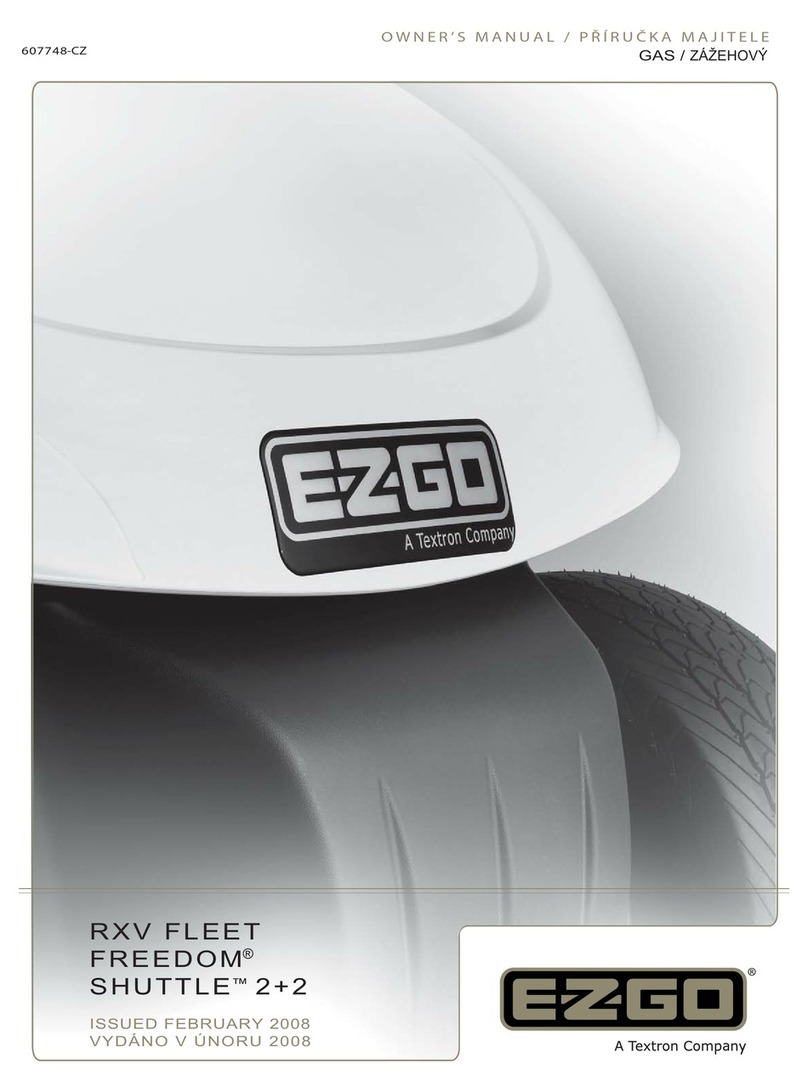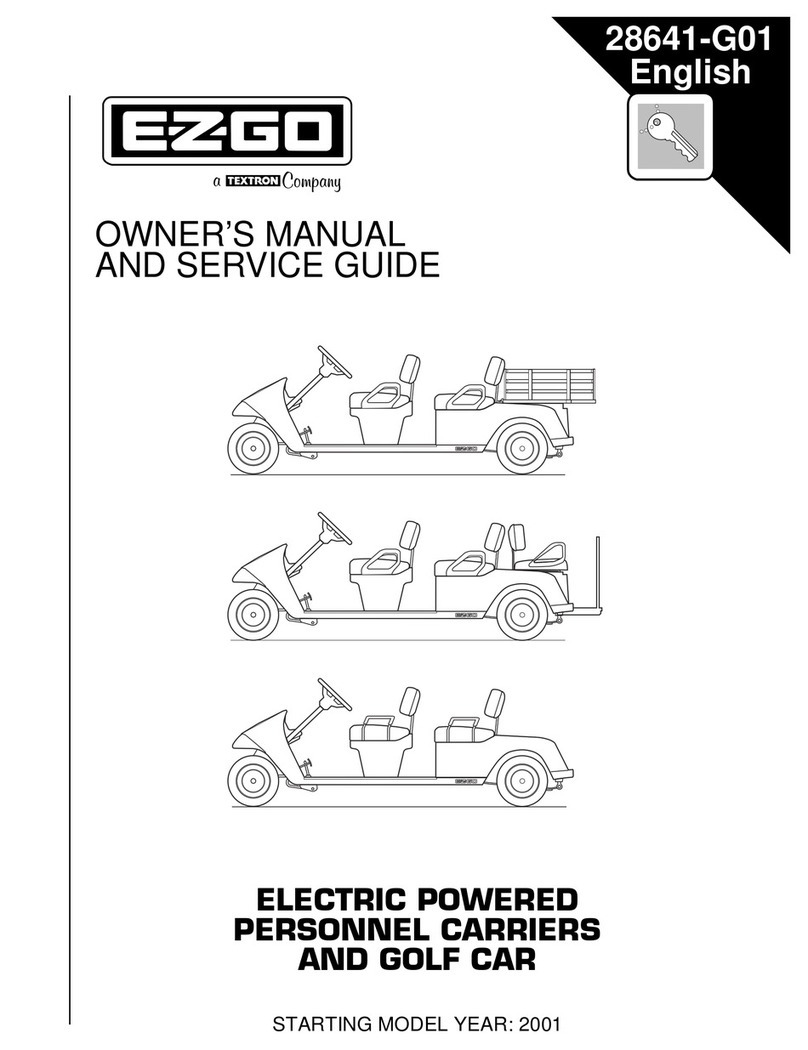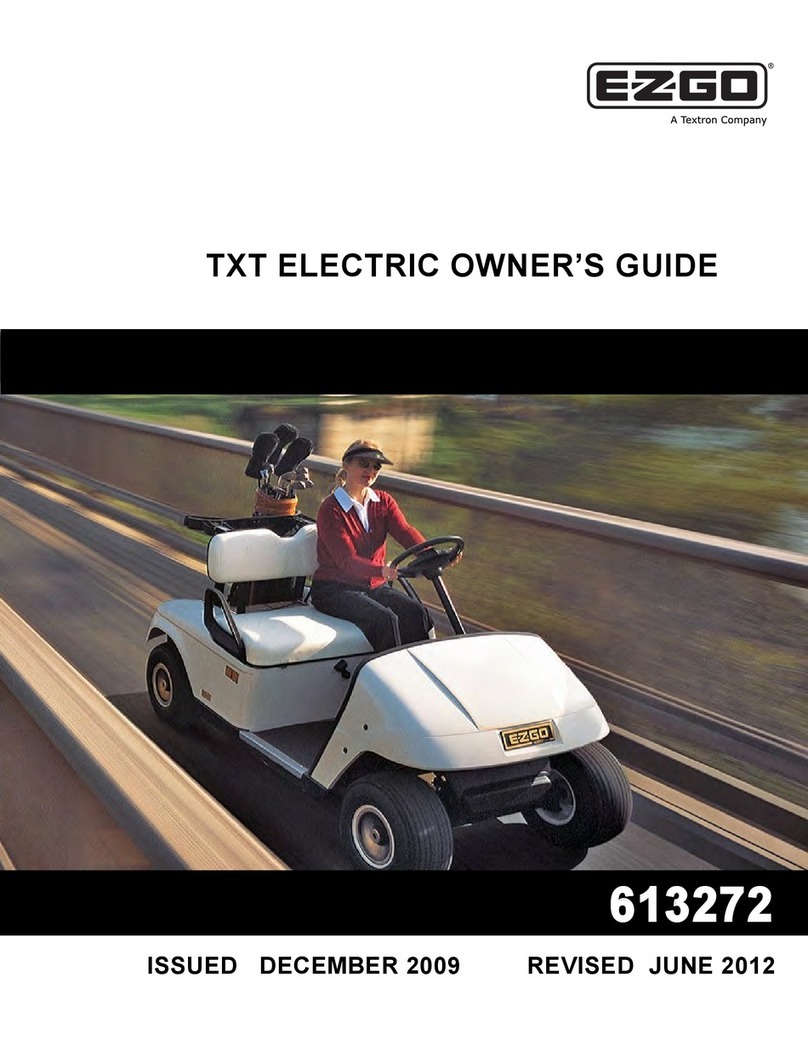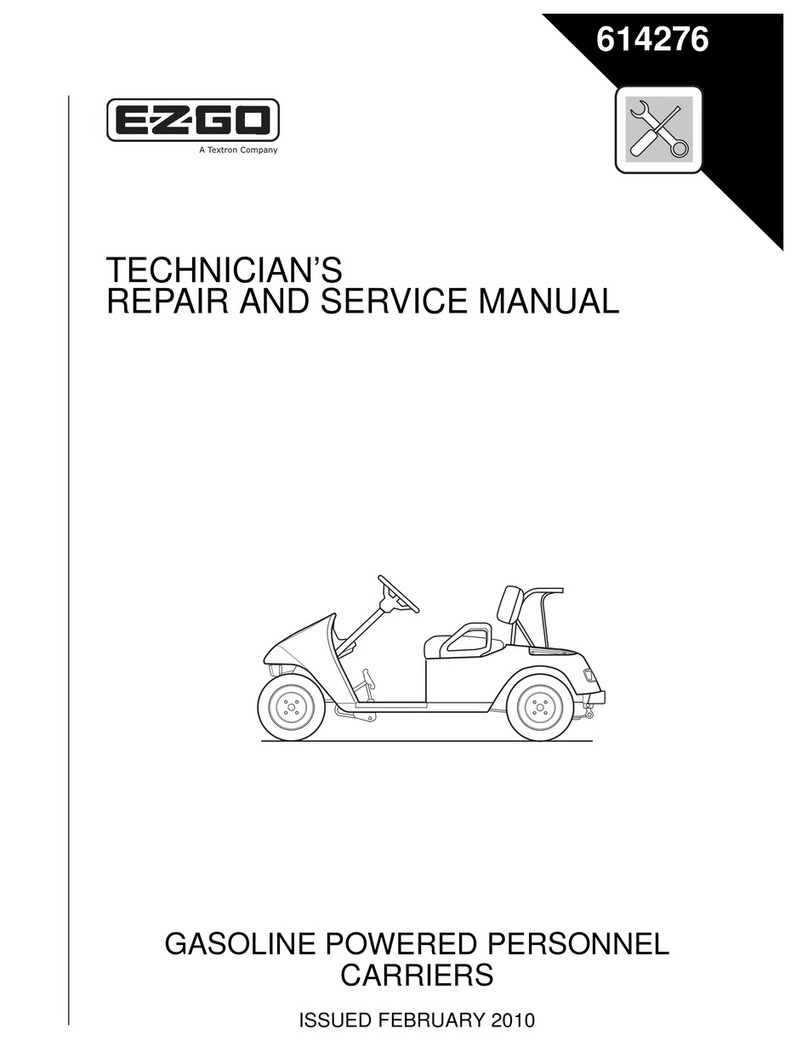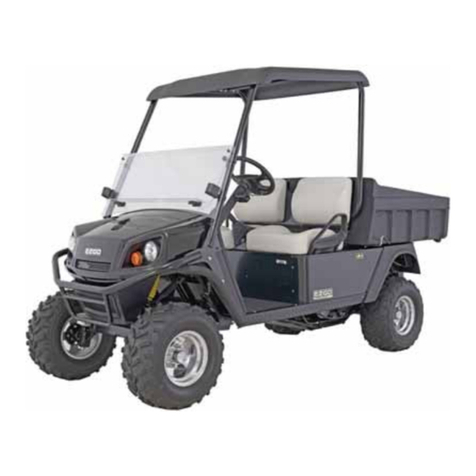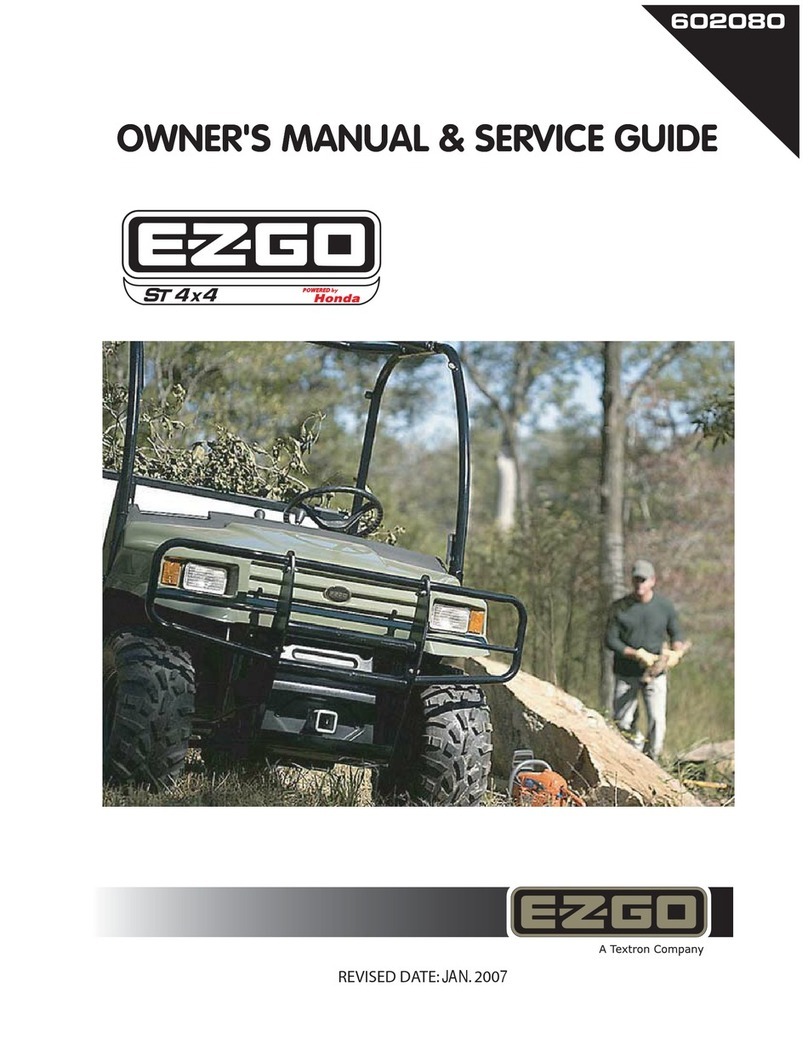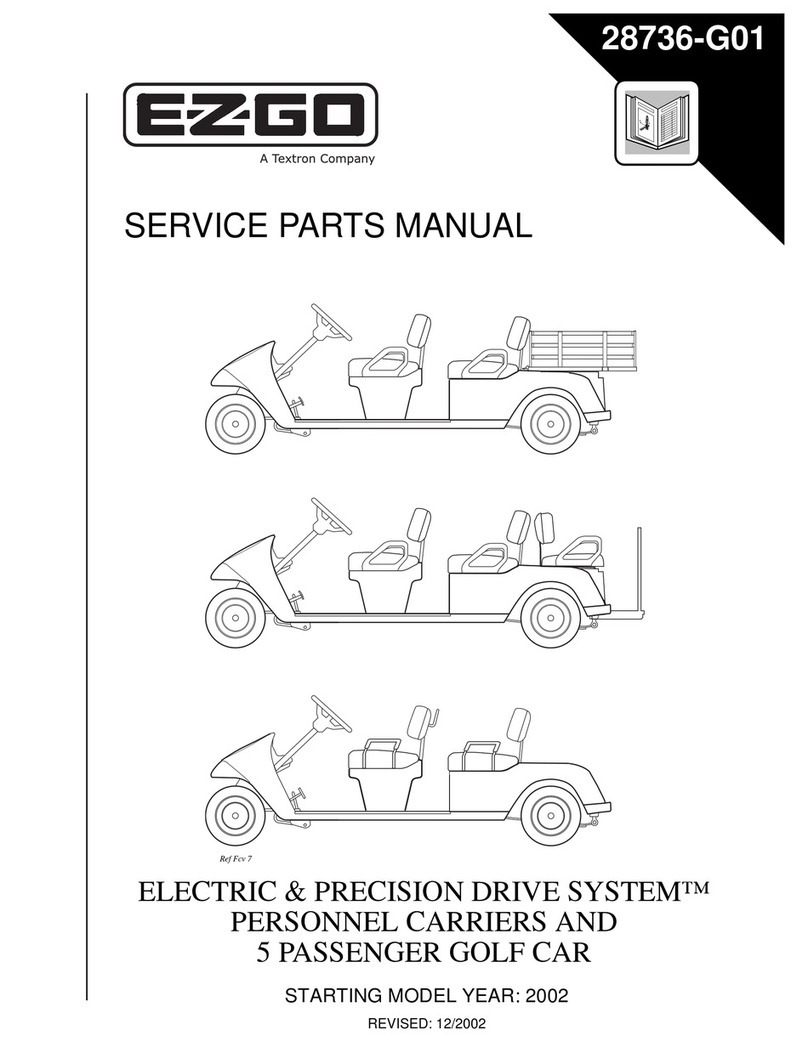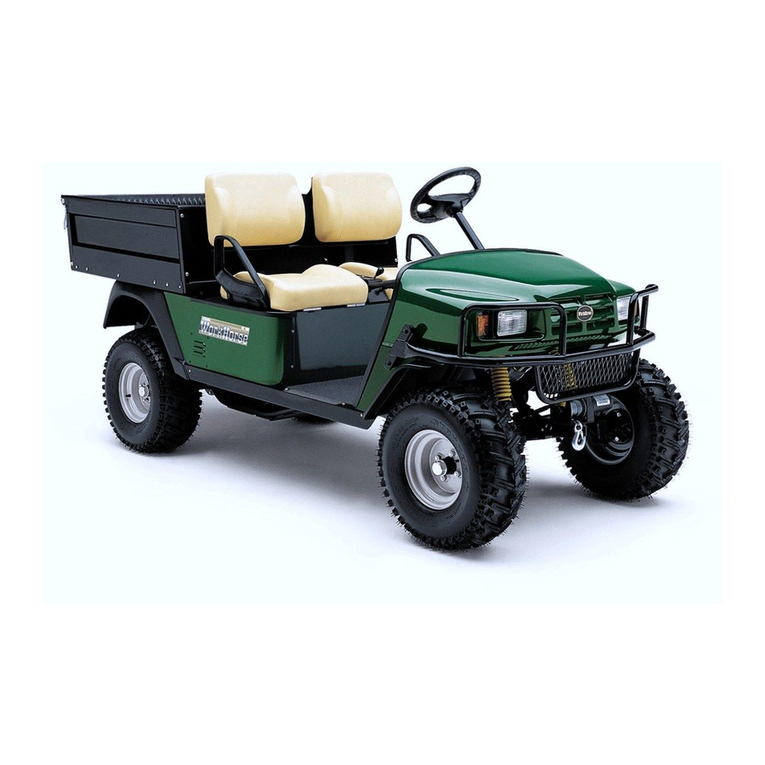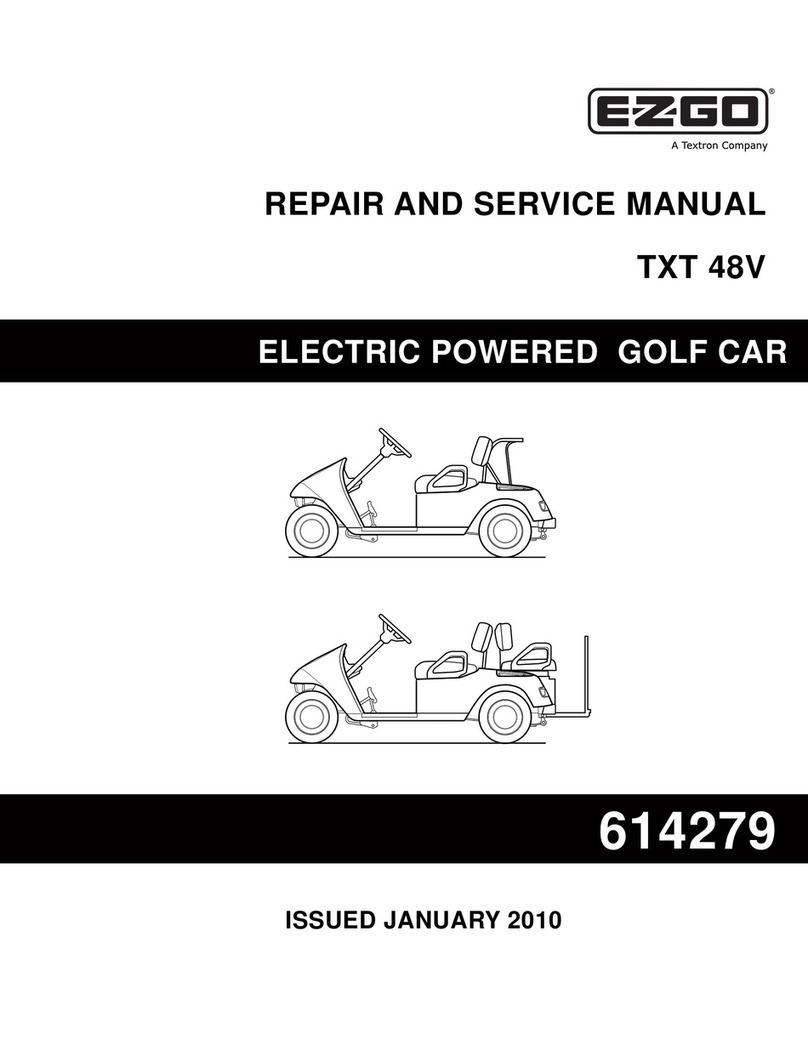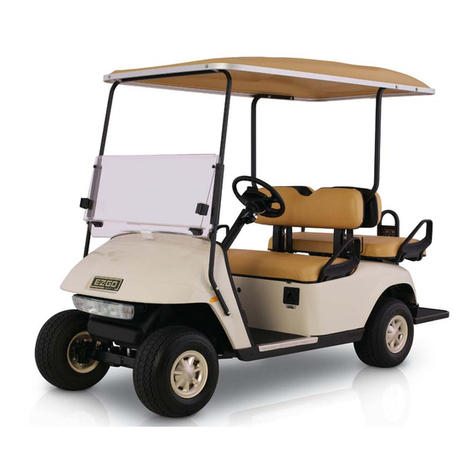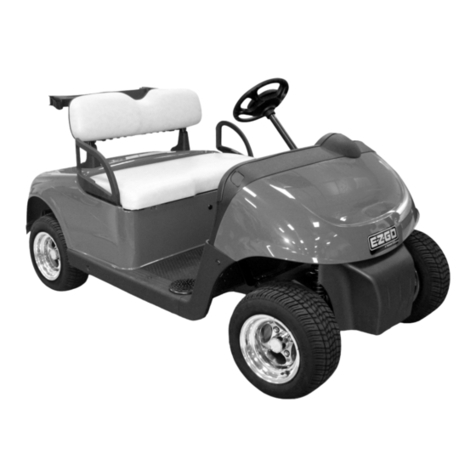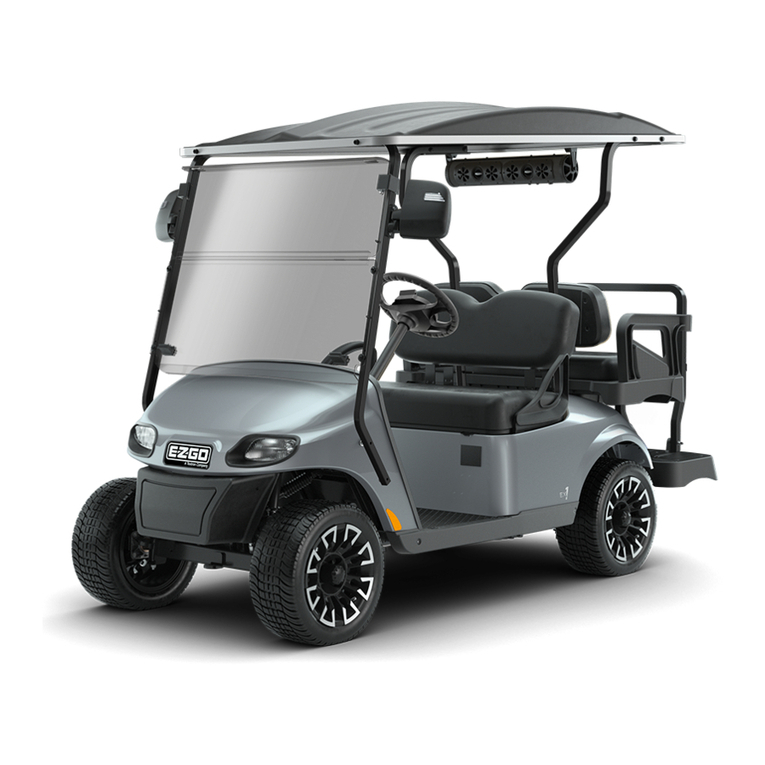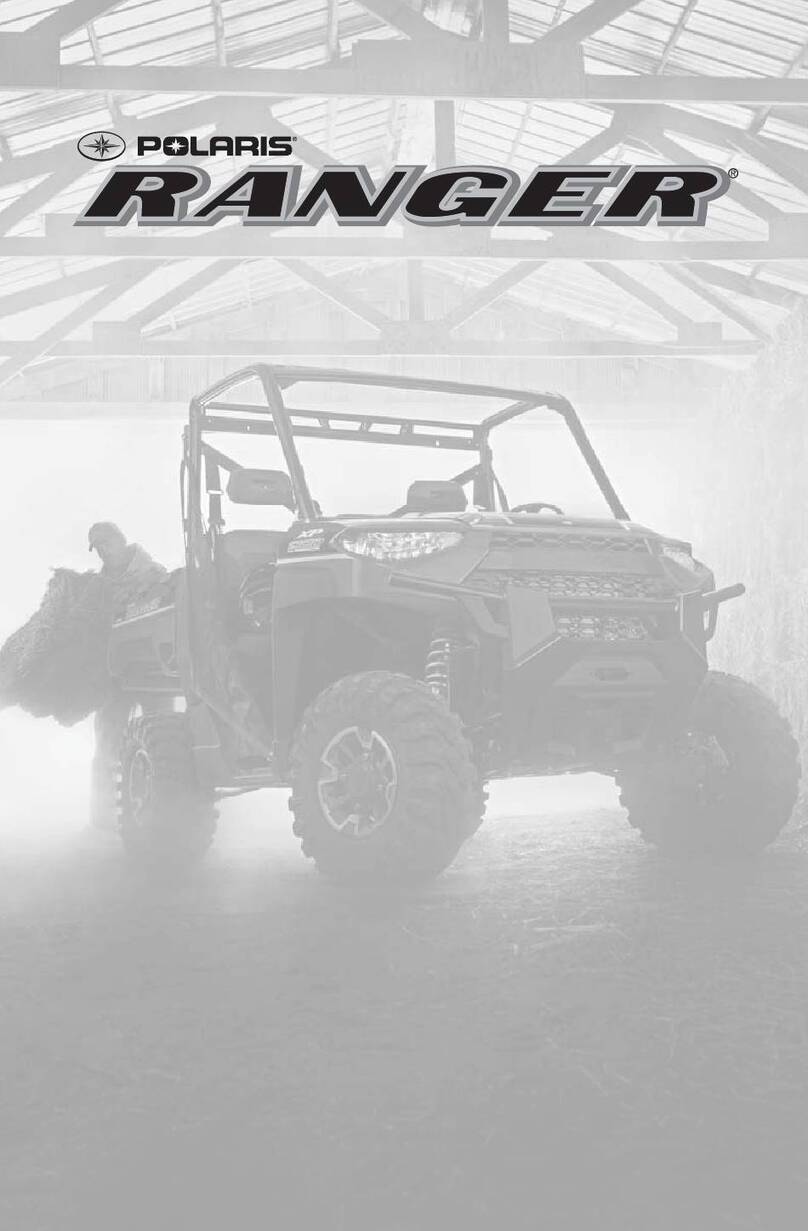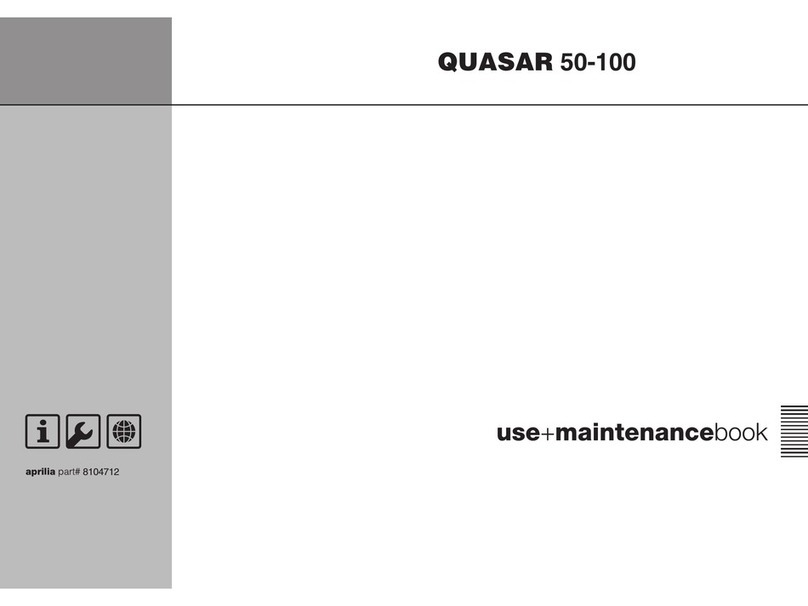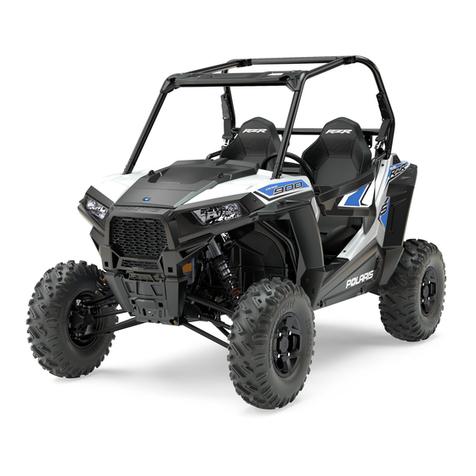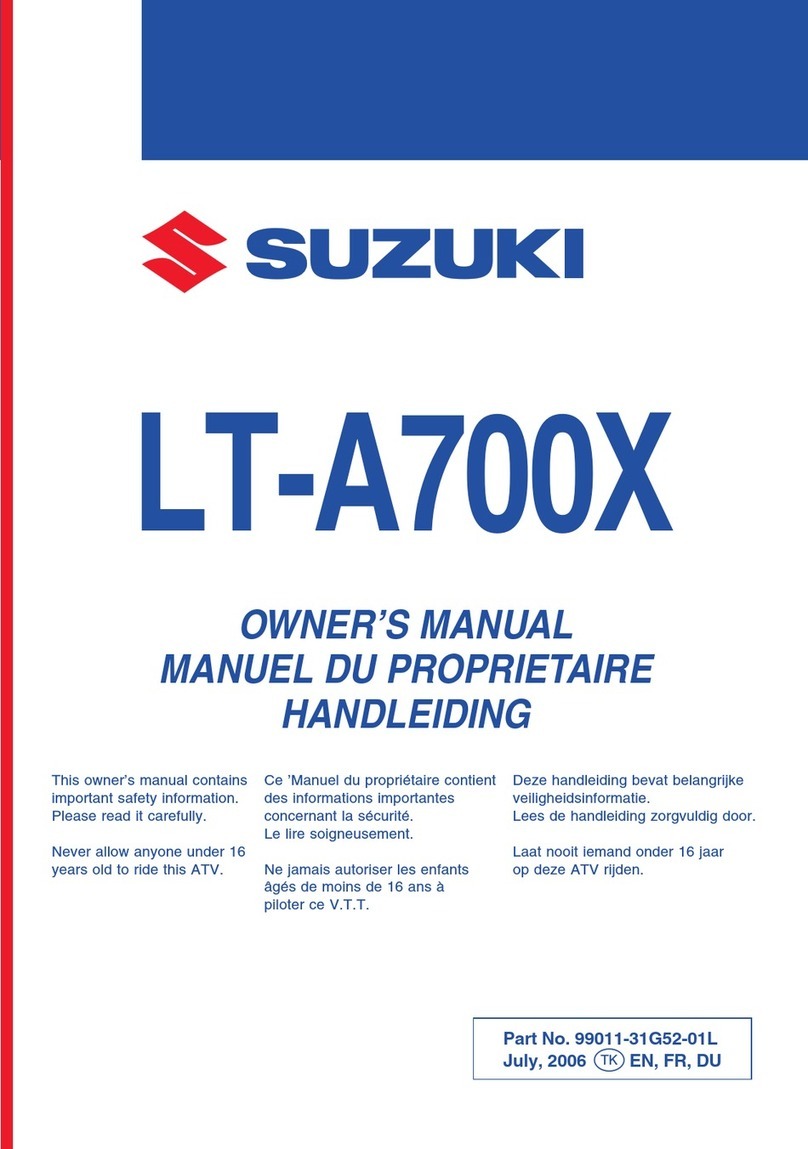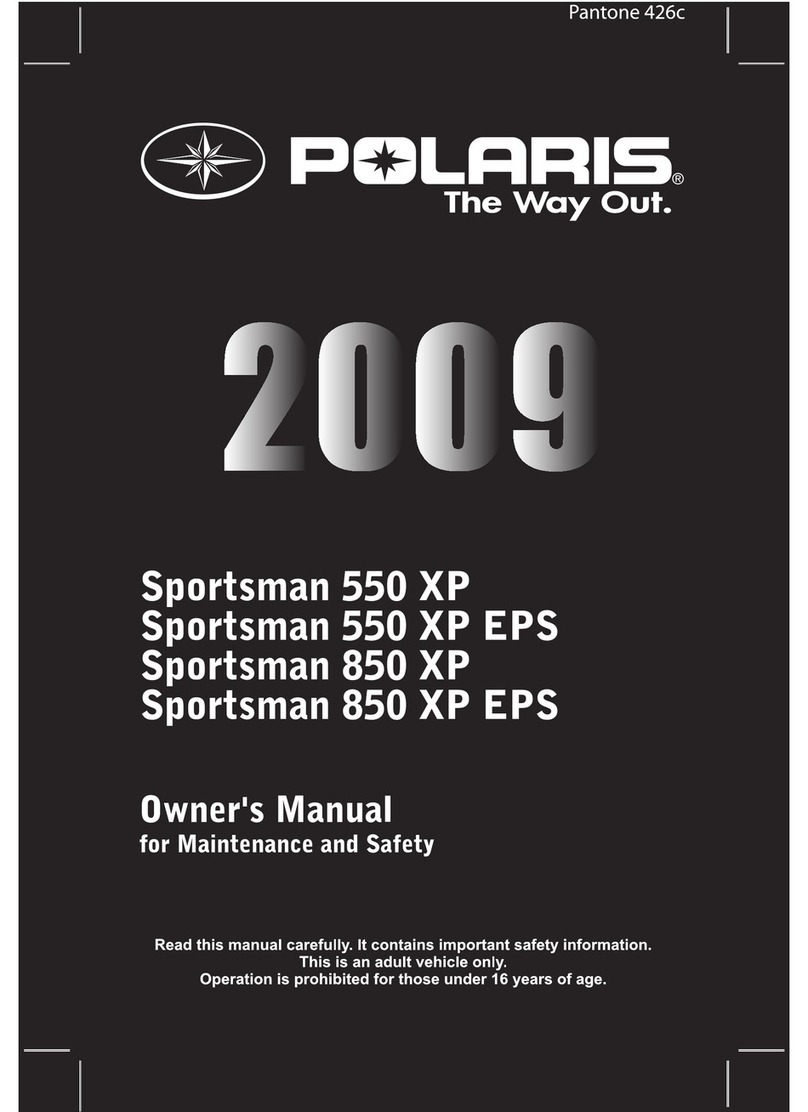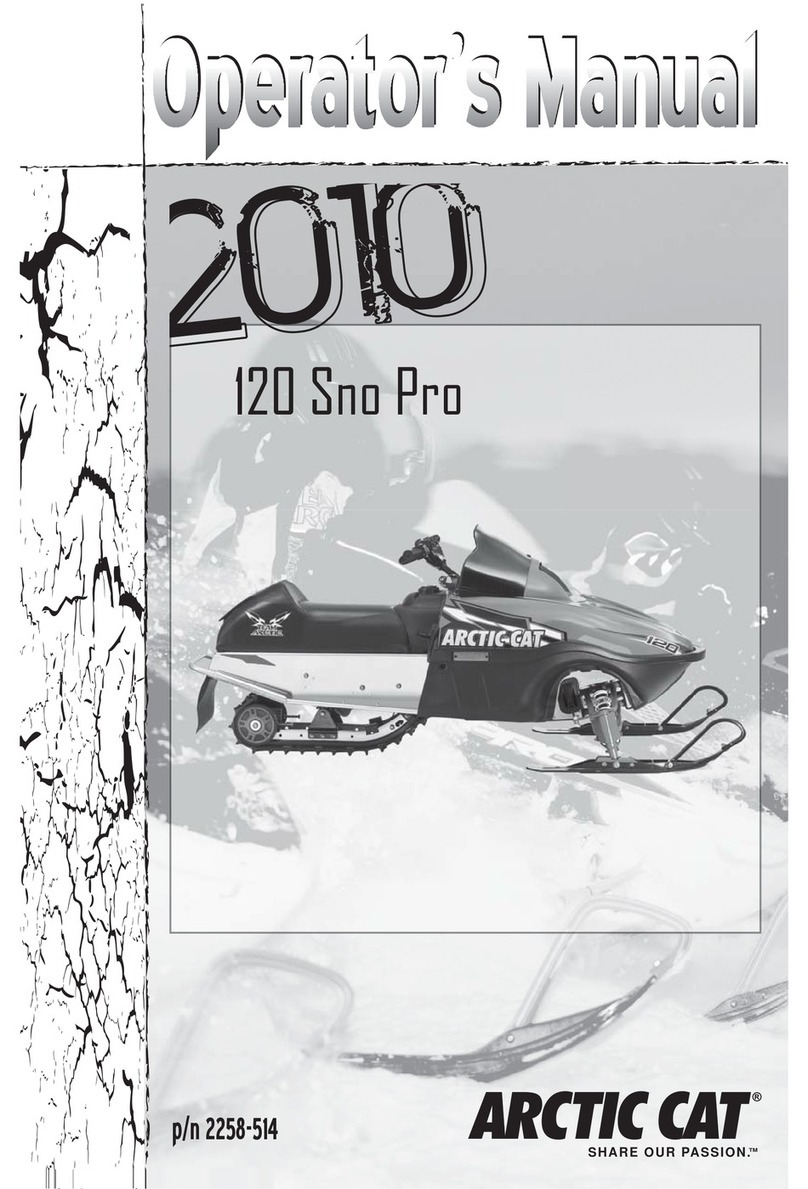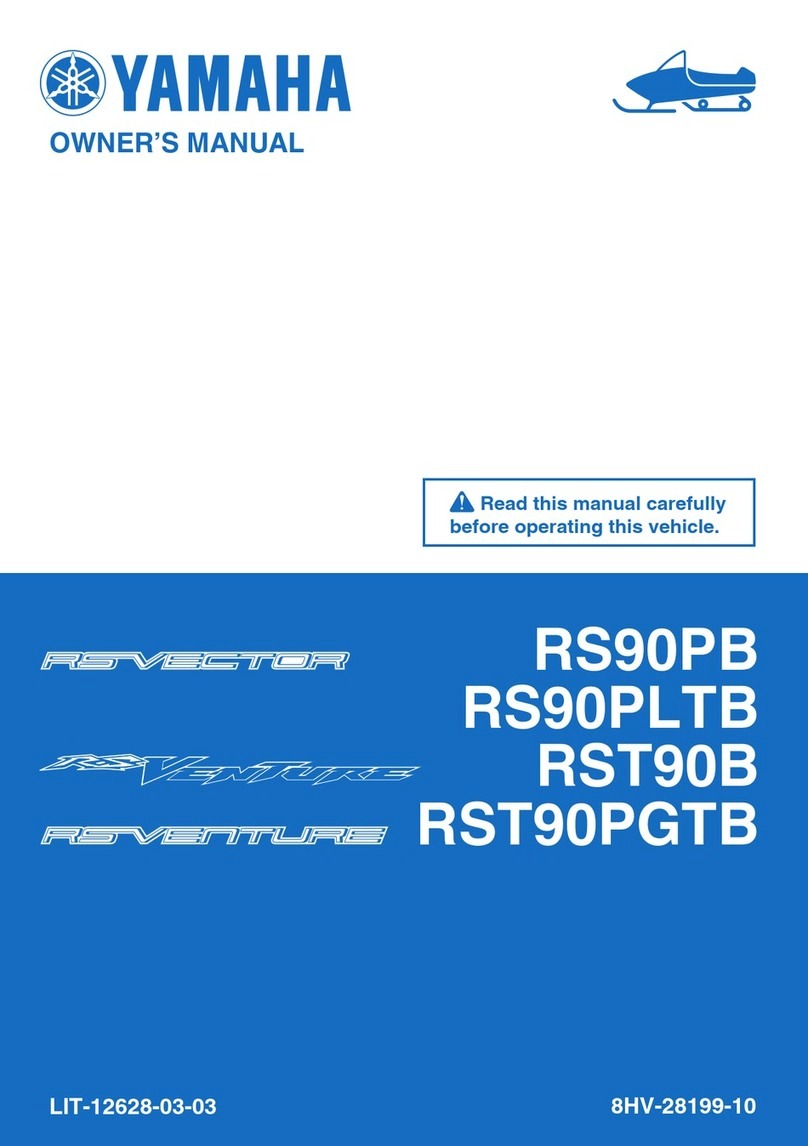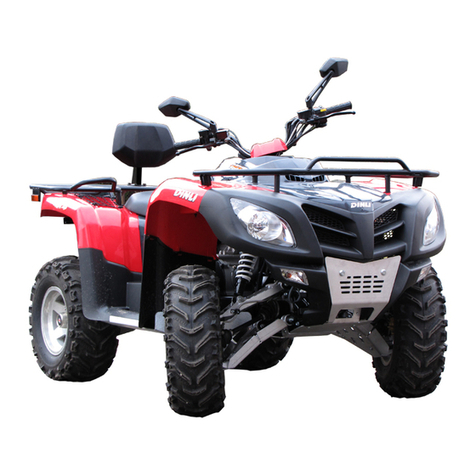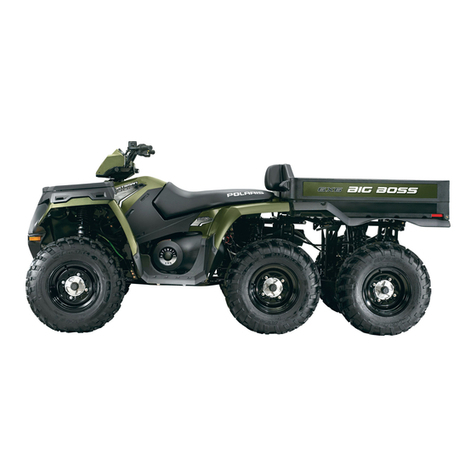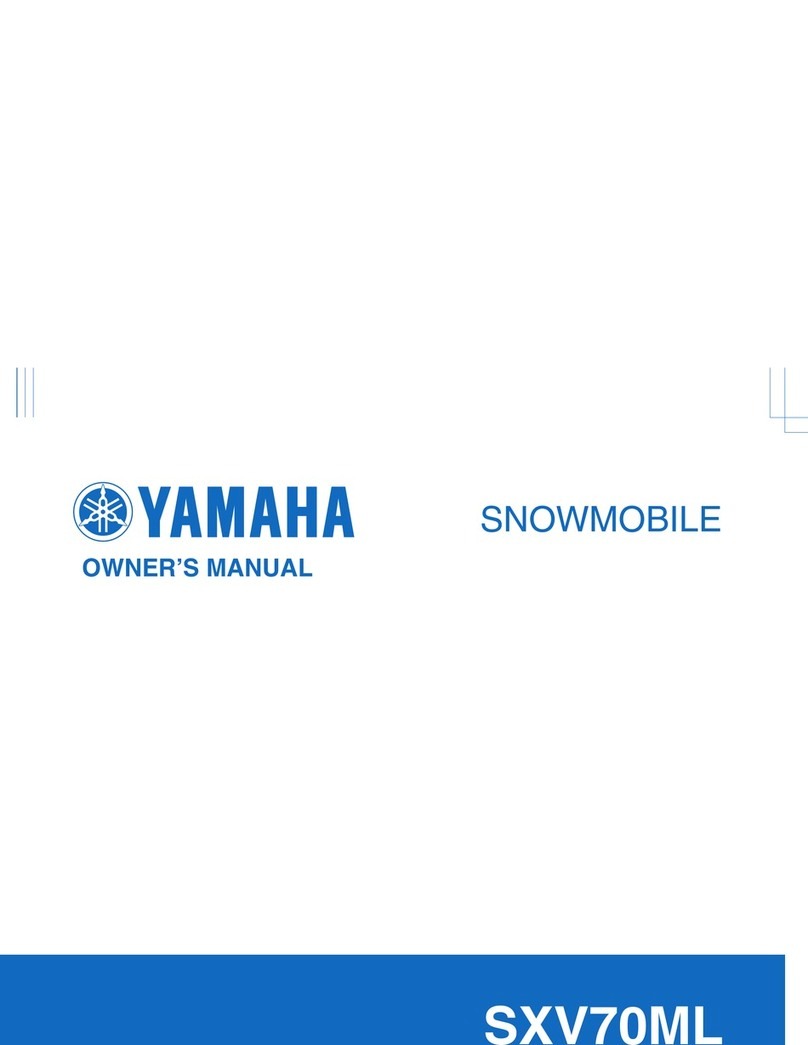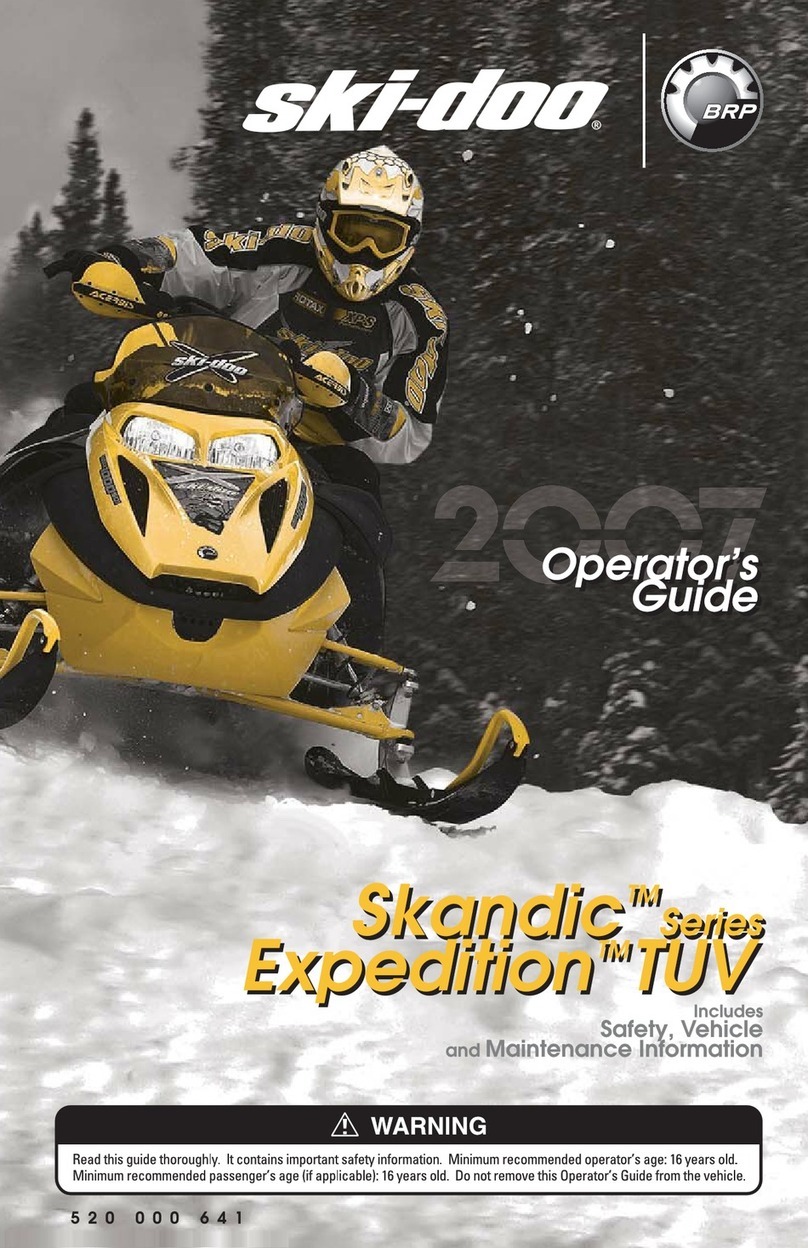
Page iv Owner’s Manual and Service Guide
TABLE OF CONTENTS
Fig. 14 Serial Number Plate & Location .............................................................................................. 13
PERIODIC SERVICE SCHEDULE .................................................................................................................. 14
Fig. 15 Periodic Service Schedule ...................................................................................................... 14
TIRE INSPECTION ........................................................................................................................................... 15
BRAKES ........................................................................................................................................................... 15
Periodic Brake Test for Mechanical Brakes................................................................................................. 15
Fig. 16 Typical Brake Performance Test ............................................................................................. 16
REAR AXLE ...................................................................................................................................................... 16
Fig. 17 Add, Check and Drain Axle Lubricant - Late Production ......................................................... 16
Checking the Lubricant Level...................................................................................................................... 16
LUBRICATION .................................................................................................................................................. 17
Fig. 18 Lubrication Points - Early Production ...................................................................................... 17
Fig. 19 Lubrication Points - Late Production ....................................................................................... 17
PDS SYSTEM TEST ......................................................................................................................................... 17
HARDWARE ..................................................................................................................................................... 17
CAPACITIES AND REPLACEMENT PARTS ................................................................................................... 17
Fig. 20 Capacities and Replacement Parts ......................................................................................... 17
Fig. 21 Torque Specifications and Bolt Grades ................................................................................... 18
BATTERIES AND CHARGING ................................................................................................18
SAFETY ............................................................................................................................................................ 18
BATTERY ......................................................................................................................................................... 19
BATTERY MAINTENANCE .............................................................................................................................. 19
At Each Charging Cycle .............................................................................................................................. 19
Monthly........................................................................................................................................................ 19
Electrolyte Level and Water......................................................................................................................... 19
Fig. 22 Correct Electrolyte Level ......................................................................................................... 19
Fig. 23 Water Purity Table .................................................................................................................. 20
Fig. 24 Automatic Watering Gun ......................................................................................................... 20
Battery Cleaning.......................................................................................................................................... 20
Fig. 25 Preparing Acid Neutralizing Solution ....................................................................................... 21
Battery Replacement................................................................................................................................... 21
Fig. 26 Battery Connections ................................................................................................................ 21
Prolonged Storage....................................................................................................................................... 22
BATTERY CHARGING ..................................................................................................................................... 22
Fig. 27 Freezing Point of Electrolyte ................................................................................................... 22
AC Voltage .................................................................................................................................................. 23
TROUBLESHOOTING ...................................................................................................................................... 23
Hydrometer.................................................................................................................................................. 23
Fig. 28 Hydrometer ............................................................................................................................. 23
Using a Hydrometer..................................................................................................................................... 24
Fig. 29 Hydrometer Temperature Correction ...................................................................................... 24
BATTERY CHARGER MAINTENANCE ........................................................................................................... 24
Fig. 30 Cleaning Auxillary Contact in Charger Plug ............................................................................25
GENERAL SPECIFICATIONS .................................................................................................27
TXT ELECTRIC - FLEET .................................................................................................................................. 28
TXT PDS ELECTRIC - FLEET .......................................................................................................................... 29
TXT ELECTRIC - FREEDOM™ SE .................................................................................................................. 30
TXT ELECTRIC - FREEDOM™ LE .................................................................................................................. 31
TXT PDS ELECTRIC - FREEDOM™HP .......................................................................................................... 32
TXT PDS ELECTRIC - FREEDOM™ SE .......................................................................................................... 33
TXT PDS ELECTRIC - FREEDOM™ LE .......................................................................................................... 34
TXT ELECTRIC - SHUTTLE 2+2 ...................................................................................................................... 35
Fig. 36 Vehicle Dimensions ................................................................................................................. 36
Fig. 37 Vehicle Dimensions, Incline Specifications and Turning Clearance Diameter ........................ 37
LIMITED WARRANTIES ..........................................................................................................39
DOMESTIC WARRANTY ................................................................................................................................. 40
LABELS AND PICTOGRAMS ............................................................................Appendix A - 1
DECLARATION OF CONFORMITY (EUROPE ONLY) ......................................Appendix B - 1
............................................................................................................................................................................ 2
